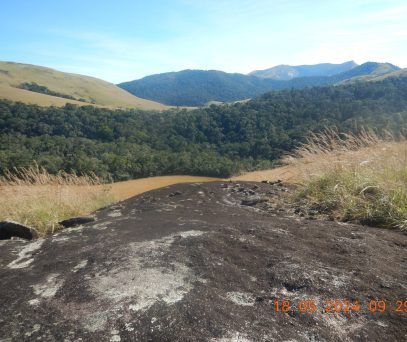
Kalambatritra
On the plan
Area 28 255 Ha
VISIT US
Depending on your means of transport :
- Ground Transportation
By Road:
- From Antananarivo: with travel time and km
- Antananarivo- Fianarantsoa- Ihosy- Iakora: 02 days, 745 km
- Antananarivo- Fianaranstoa- Ihosy-Betroka- Ivahona: 03 days, 770 km
- Others: with travel time and km
- Ivahona-to the Reserve: 02 days, 30km
- Iakora-to the Reserve: 02 days, 36 km
- Maritime transport
None
- Air transport
By Plane : Destination Betroka
- No scheduled Air Madagascar flight
- Possible by special plane
- Aerodrome 3km away
Advise equipment
Reaching RS Kalambatritra can be a challenge, whether in remote geographical areas or in contexts where access is limited by factors such as security or infrastructure. Here are some tips on how to do this effectively:
- Involve local people in the planning process, to benefit from their local knowledge and resources.
- Use equipment adapted to local conditions
- Identify and assess potential risks, such as extreme weather conditions or disease.
- Make sure you have access to the necessary medical care and vaccinations before traveling to the area.
Fees and charges
Download the reference document to find out more about park fees and charges.






